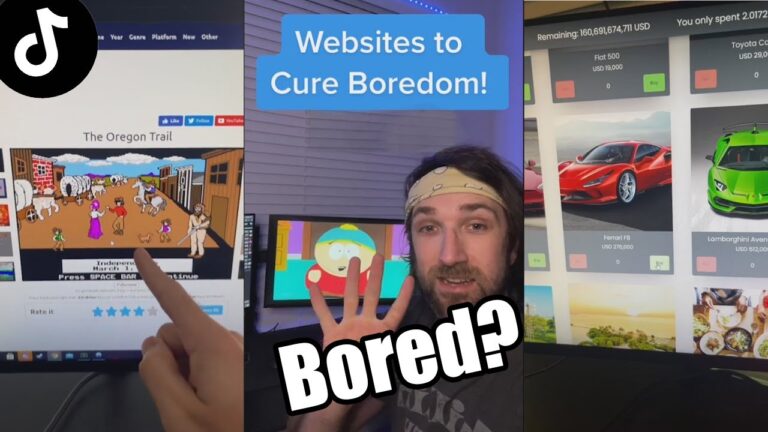Web design has become an essential aspect of modern business and communication. In today’s digital age, a well-designed website is not just an online presence but a powerful tool for attracting and engaging users. In this article, we’ll delve into the world of web design, exploring its key principles, elements, and the impact it has on user experience and business success.
Table of Contents
- Introduction
- The Fundamentals of Web Design
- Understanding the Role of Web Design
- Elements of an Effective Website
- Importance of User-Centered Design
- Responsive Design: A Must-Have
- Mobile-First Approach
- Fluid Grids and Flexible Images
- Media Queries for Adaptive Layouts
- Visual Aesthetics and Branding
- Color Palettes and Psychology
- Typography: More Than Just Fonts
- Incorporating Brand Identity
- Navigation and User Experience
- Intuitive Menu Structures
- User-Friendly Interface
- Clear Call-to-Actions (CTAs)
- Content Creation and Placement
- Crafting Compelling Visuals
- Balancing Text and Imagery
- Storytelling Through Design
- Loading Speed and Performance
- Impact of Slow Websites
- Image Optimization Techniques
- Caching and Compression
- SEO and Web Design Integration
- Search Engine-Friendly Structures
- Optimizing Images and Multimedia
- Mobile Optimization for SEO
- Security and Trustworthiness
- Importance of SSL Certificates
- Building User Trust
- Data Protection and Privacy
- The Role of Web Development
- Bringing Designs to Life
- Collaboration with Designers
- Ensuring Cross-Browser Compatibility
- Measuring Success: Analytics and Metrics
- Tracking User Behavior
- Conversion Rate Optimization
- A/B Testing for Continuous Improvement
- Future Trends in Web Design
- Voice User Interface (VUI)
- AI-Driven Personalization
- Motion UI for Enhanced Engagement
- Conclusion
In a world where attention spans are shorter than ever, web design holds the key to capturing users’ attention and keeping them engaged. An attractive and functional website is the digital storefront of a business, influencing how visitors perceive the brand and its offerings. From the layout and color scheme to the placement of CTAs, every aspect of design plays a role in shaping user behavior.
Responsive design is no longer a choice but a necessity. With a multitude of devices and screen sizes, websites must adapt seamlessly to provide a consistent experience. Mobile-first design ensures that users on smartphones and tablets have just as compelling an experience as those on desktops.
Visual aesthetics go beyond being pleasing to the eye; they convey the essence of a brand. Consistent use of colors and typography helps establish brand identity and evoke specific emotions. By integrating branding elements, web designers create a visual language that resonates with the target audience.
Navigation is the backbone of user experience. A well-structured menu and intuitive interface guide users to their desired destinations. Strategic placement of CTAs prompts users to take actions that align with business goals, whether it’s making a purchase or signing up for a newsletter.
Compelling content is another cornerstone of effective web design. The right balance of visuals and text, coupled with storytelling techniques, keeps visitors engaged and encourages them to explore further. But all the design elements must not compromise website speed. Slow-loading websites frustrate users and can lead to high bounce rates.
SEO and web design are inseparable partners. A search-engine-friendly structure, optimized images, and mobile responsiveness contribute to better search rankings. High-ranking websites gain more visibility and, consequently, more traffic.
Security is paramount in today’s digital landscape. Websites must be secure to protect user data and establish credibility. Incorporating SSL certificates and ensuring data privacy builds trust among users.
Web development breathes life into designs. Collaboration between designers and developers is crucial to translate the creative vision into a functional website. Ensuring cross-browser compatibility guarantees a consistent experience for all users.
Measuring success is an ongoing process. Analytics tools track user behavior, providing insights that help refine the design and improve conversion rates. A/B testing allows designers to experiment with different elements and layouts to optimize results.
Looking ahead, web design continues to evolve. Voice user interfaces, AI-driven personalization, and motion UI are emerging trends that promise to revolutionize user interaction.
In conclusion, web design is more than aesthetics; it’s about creating memorable digital experiences. It’s about blending creativity with functionality, captivating users while achieving business goals. The marriage of design, development, and strategy forms the foundation of an exceptional online presence.




